//code start
int a=3;
byte b=3;
if(a==b) --> returns true
//code ends
Query :
IT returns true because compares the bits in a and b. a = 00000011 b = 00000011
here only bit pattern comparison is done and zeros left at the end in int doesn't matter.
what does the above line conveys??
